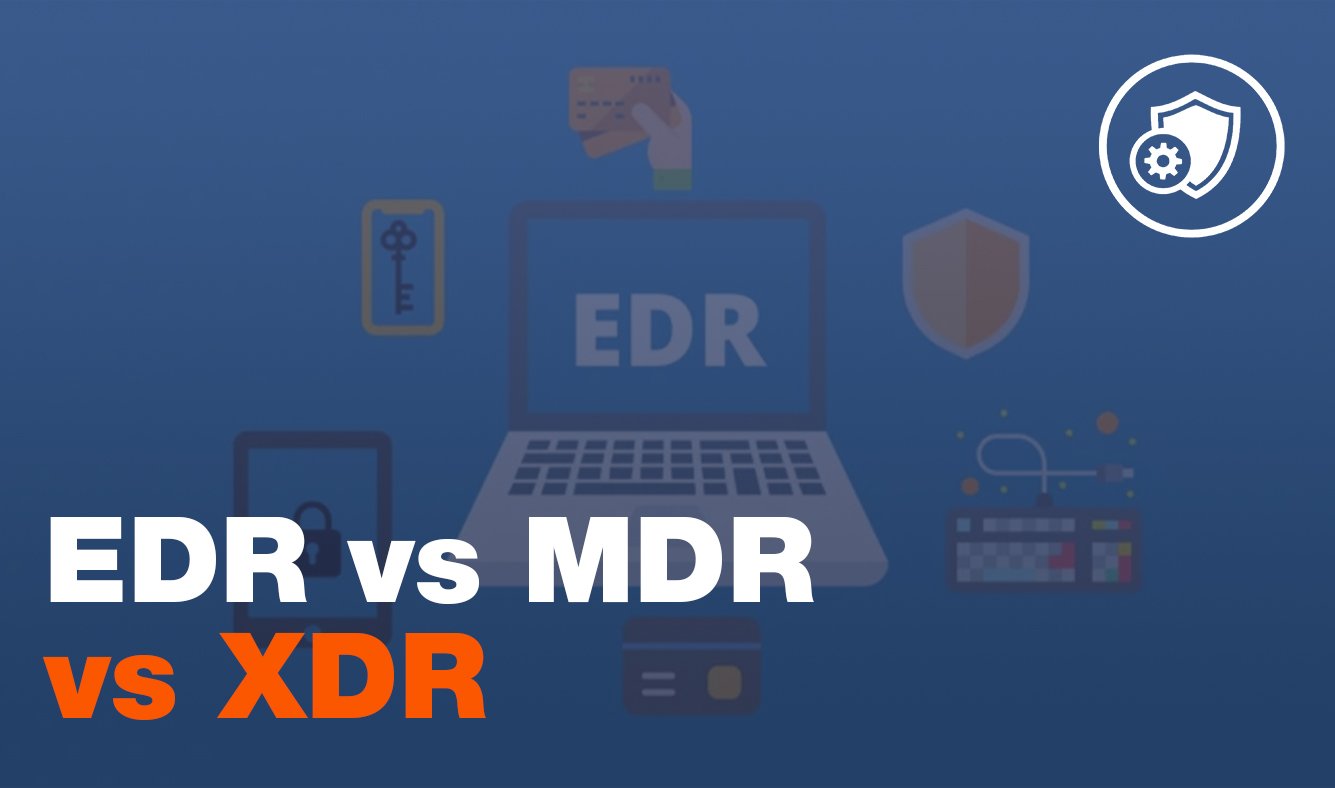
Capital Networks is now part of Creative Networks.

Still operating in Wales.
Capital Networks is still fully operational in Wales and is committed to continuing all operations. If you are a Capital Networks customer, there will be no change to your service.
Creative Networks is committed to maintaining and building upon Capital Network’s exceptional reputation for delivering cyber security and network solutions. With access to a broader talent pool and a wider range of resources, Creative Networks will be able to provide clients with enhanced managed IT services, ensuring optimal performance, security, and reliability for their IT infrastructure.

What makes us different?
People focused
We see each person as unique with needs.
Customer centric
We treat everyone as unique with understanding.
Community invested
Commitment to community support through volunteering, donations, sponsorship
Want to know more about Creative Networks?
We are confident that as well-known brand in many regions of the UK, we’ll continue to work with new businesses and expand our operations.












